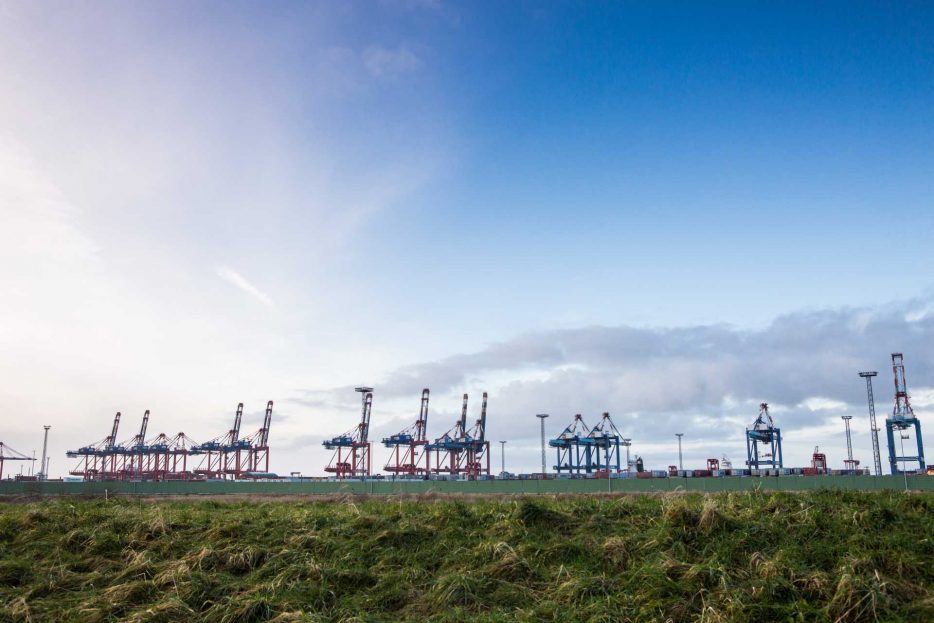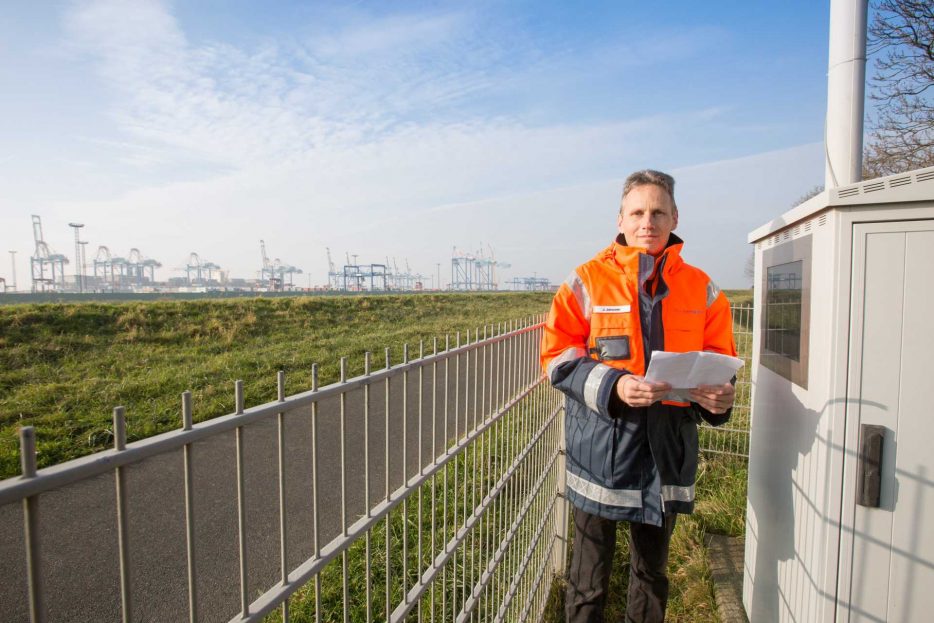Noise Management
The negative impact that the ports of Bremen have on the local population is rated differently by the various interest groups. To ensure that we continue to enjoy good acceptance from these different groups, a frank and fair exchange of opinion with local residents, port users, environmental organisations, the relevant authorities and the general public is essential.
Measures to involve stakeholders, in particular local residents, are relevant in respect of planned infrastructure projects and therefore are an integral element of each project. All projects for the construction of expansion of port facilities have to undergo approval procedures, depending on the extent and scale of the projects, to examine any potential negative impact on local residents and other groups. The legal procedures and different steps involved in the individual project approval process are determined in accordance with the relevant laws, the impact generated by the project concerned and the competent approval authorities.
Impacts of noise emissions
Parts of the local population rates the noise emissions from the cargo handling activities at the port and from traffic to and from the ports as highly stressful.
Active noise protection involves taking action at the source of the noise, such as the handling equipment. Passive noise protection involves measures for the affected residents, such as soundproof windows. Ad hoc meetings with the local community promote mutual trust.
The bremenports infrastructure management company has no direct influence over cargo handling activities at the terminals or over traffic to and from the ports. These impacts are the responsibility of the terminal operators, the companies that handle land and water transport, and the legislator, e.g. in the form of specifying target values for emissions. The mitigation measures have proved effective as the number of complaints about noise received on our designated hotline declined.

